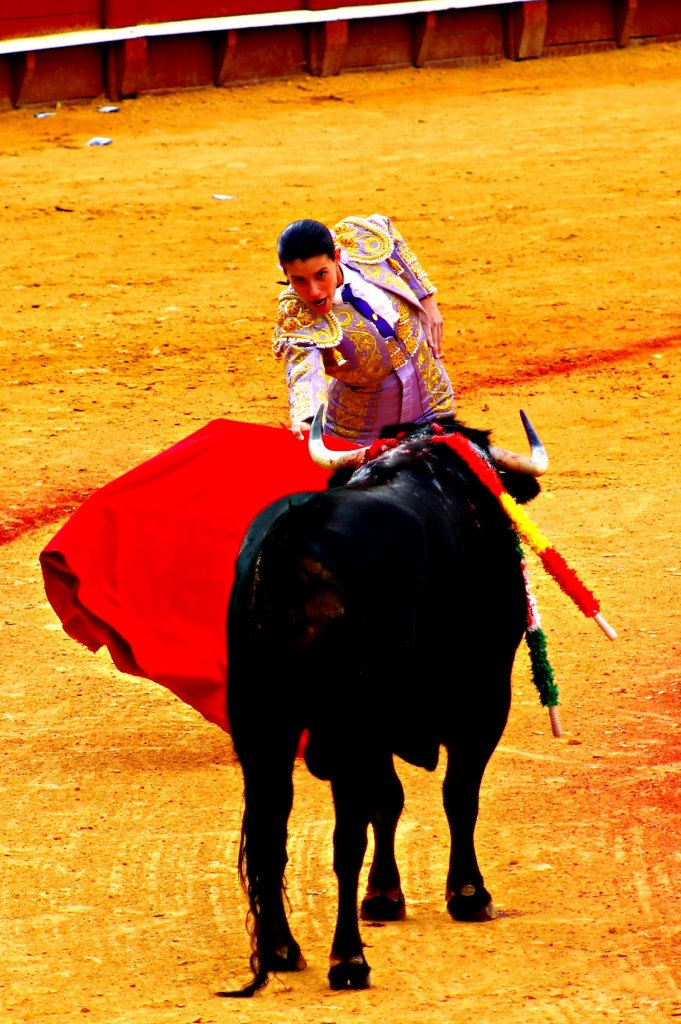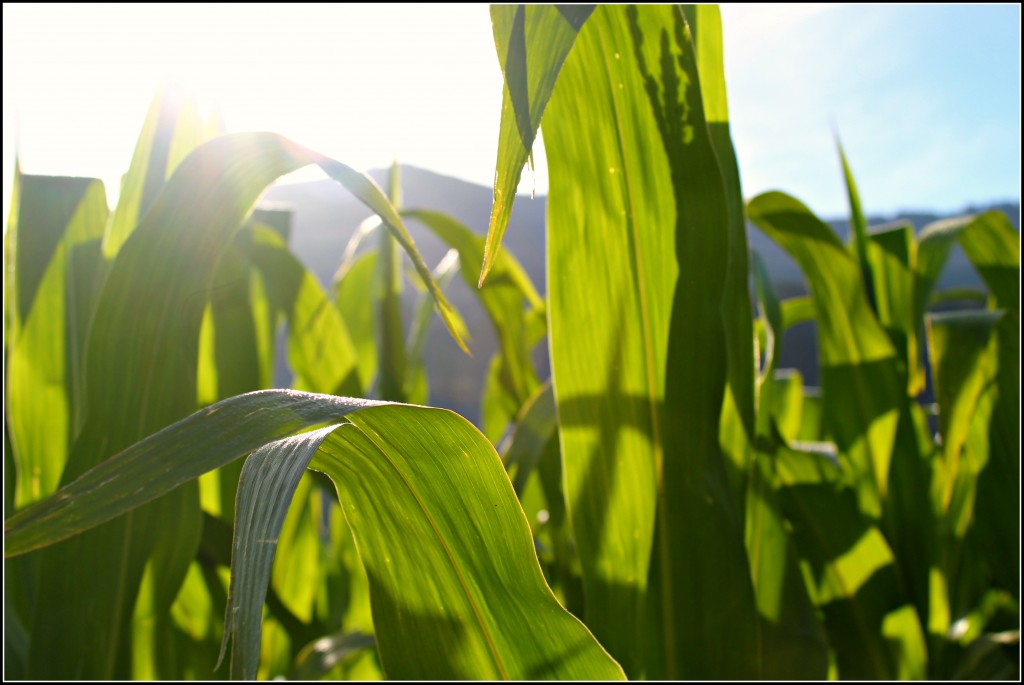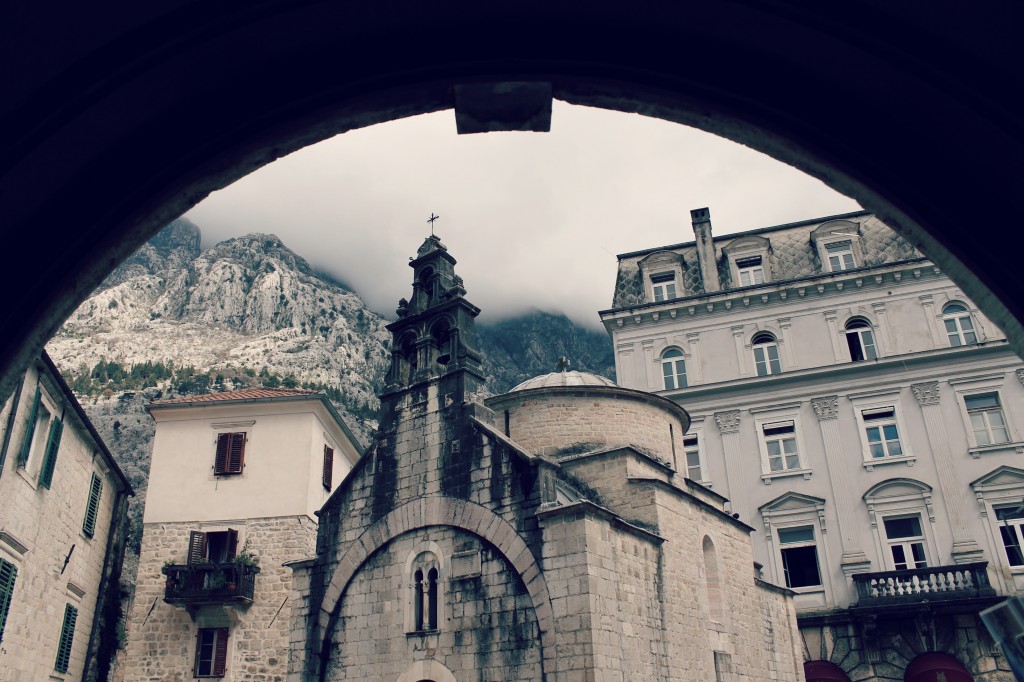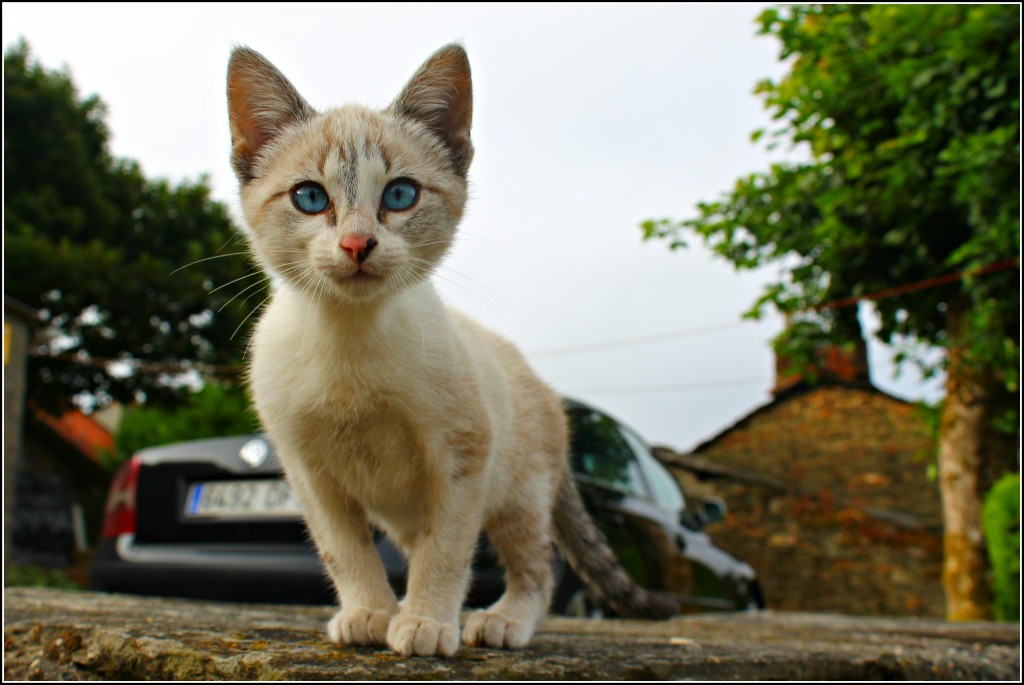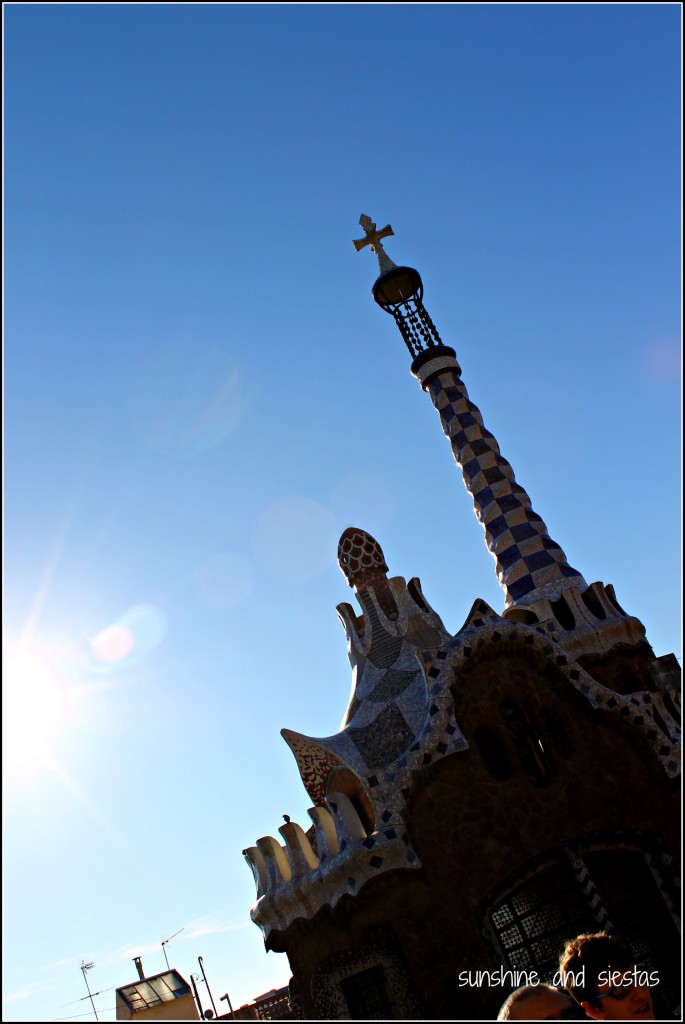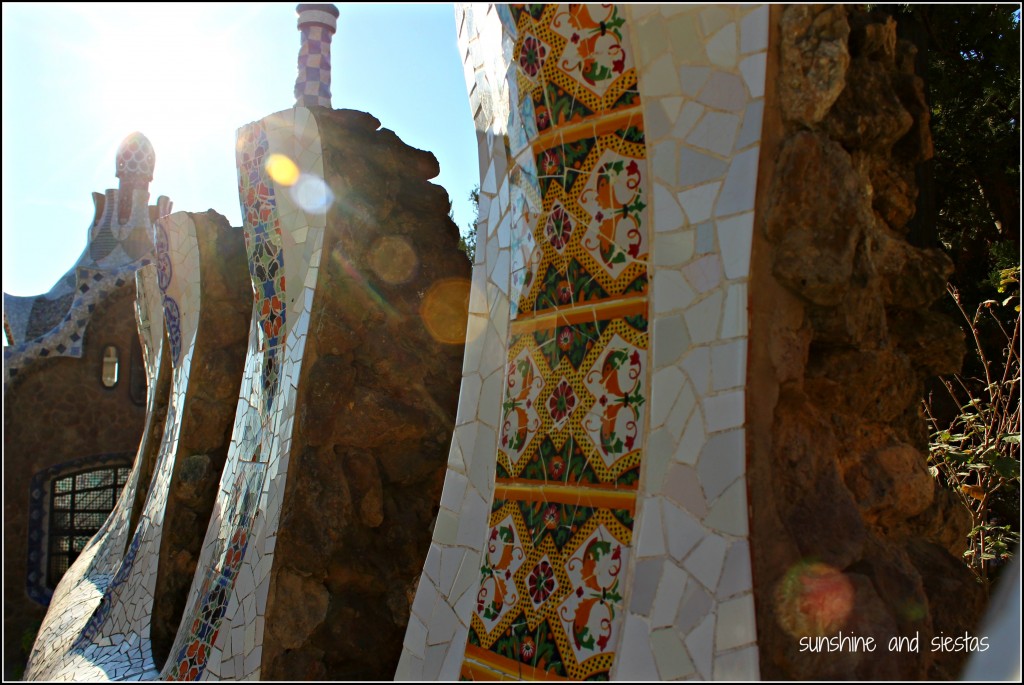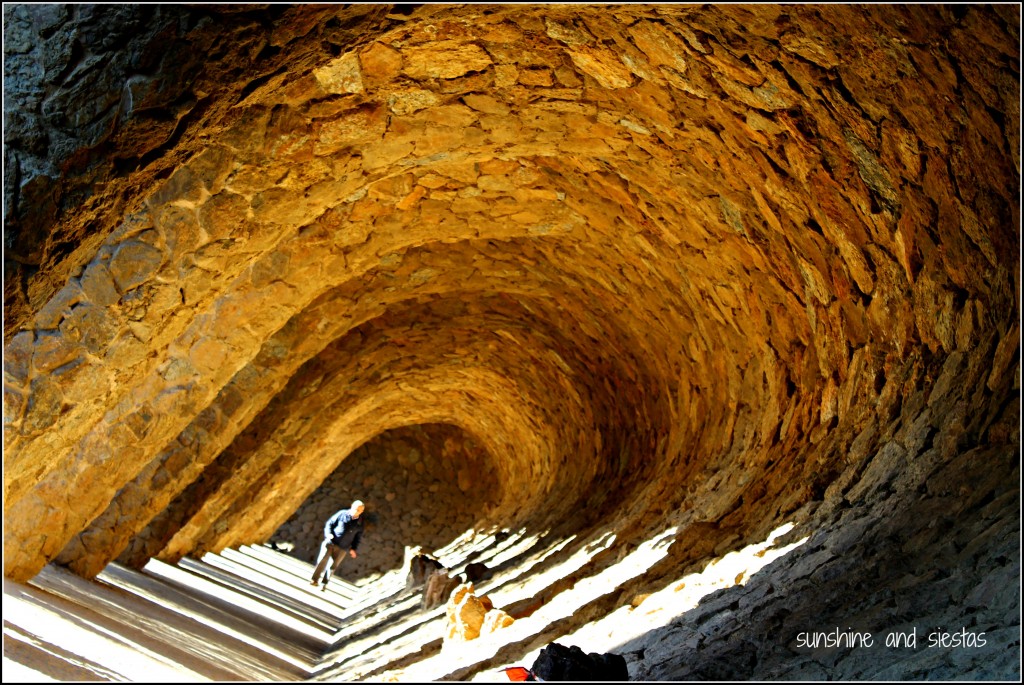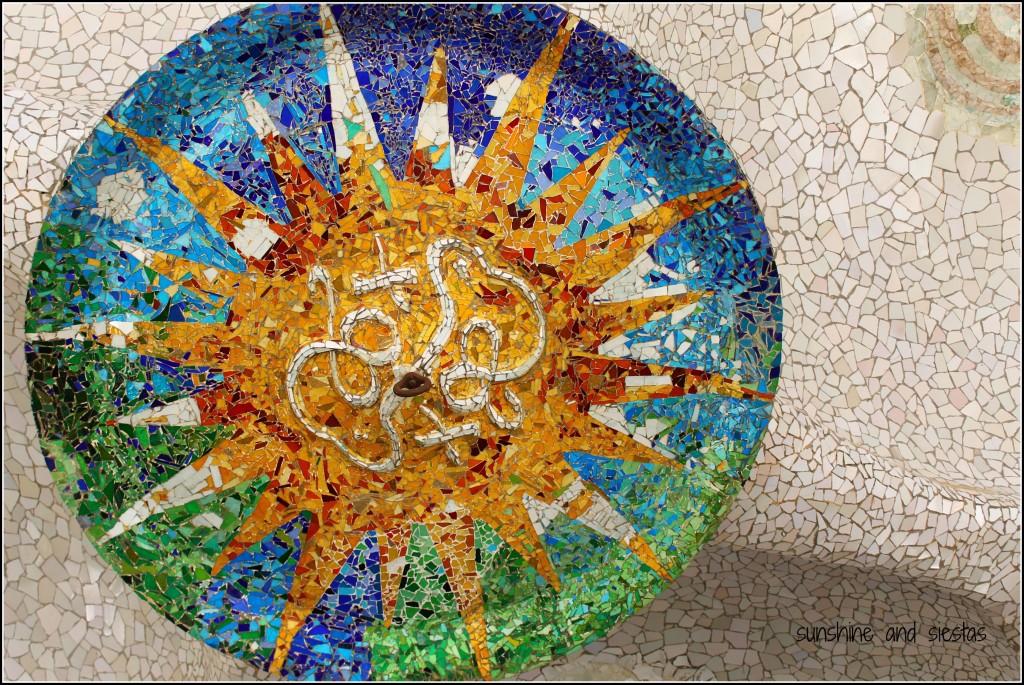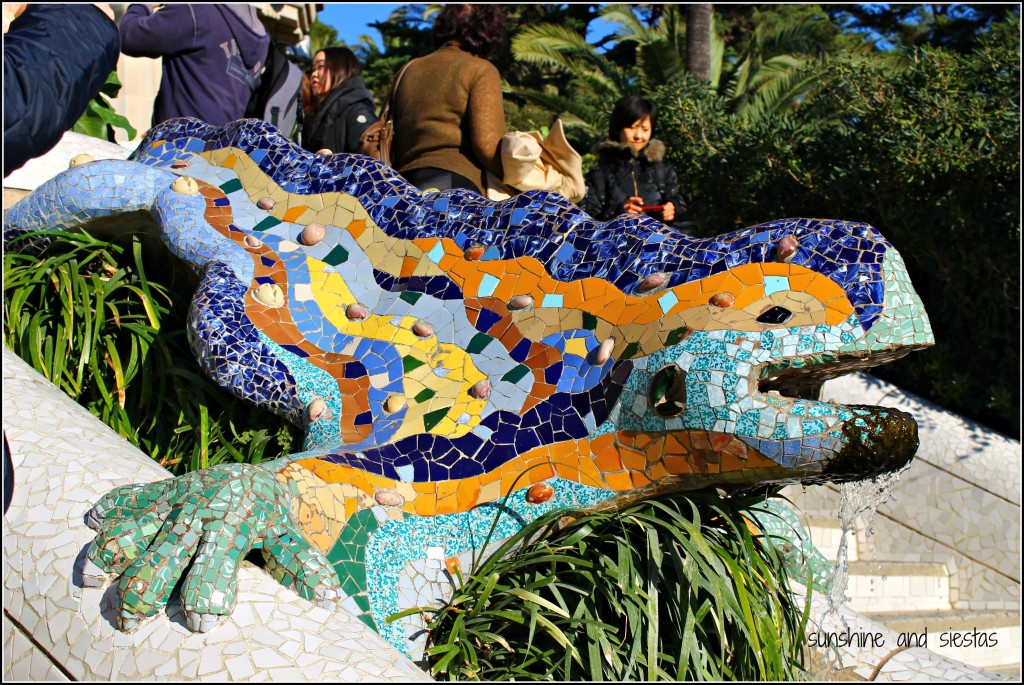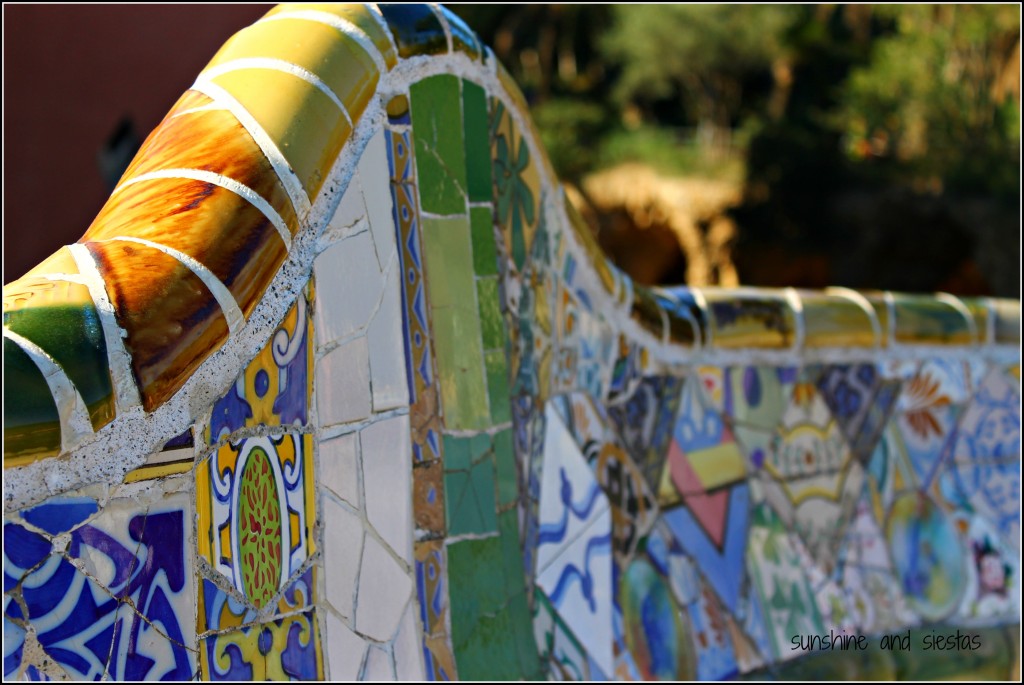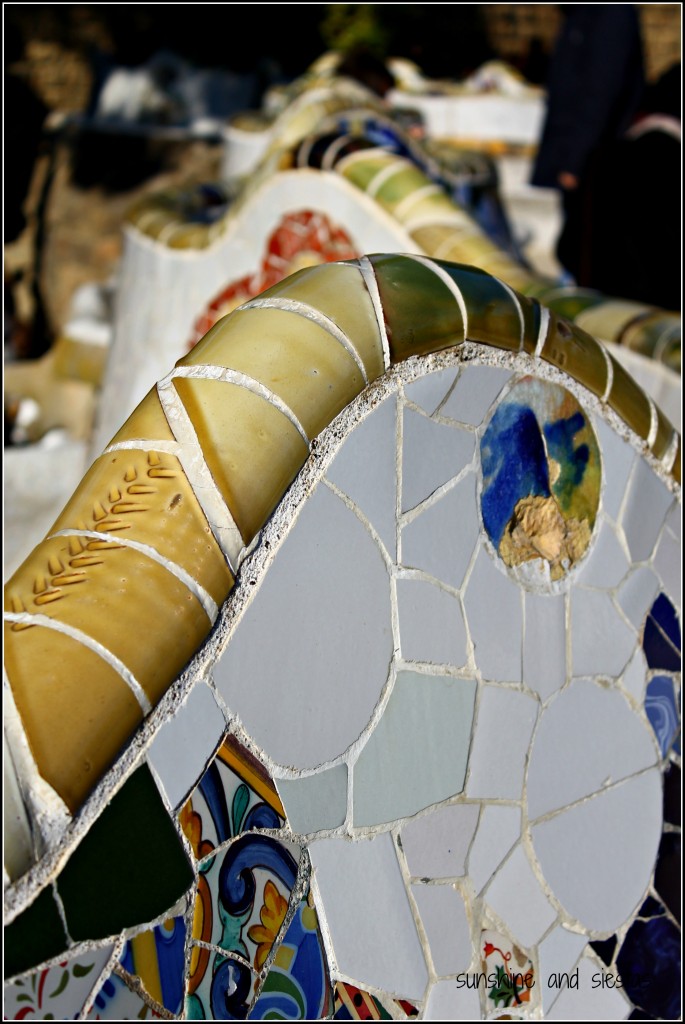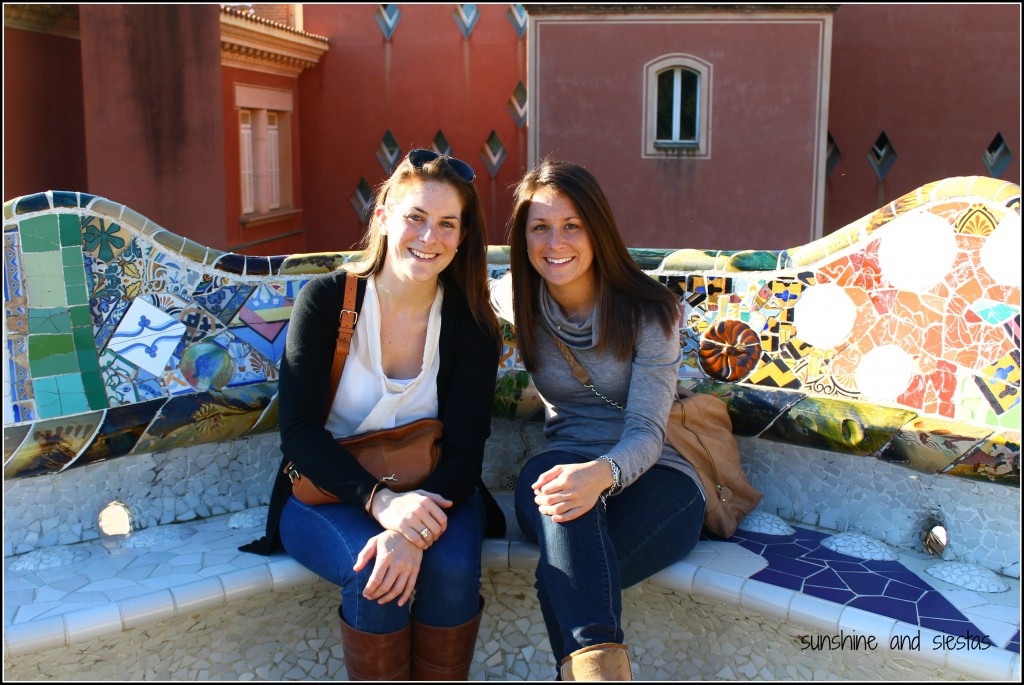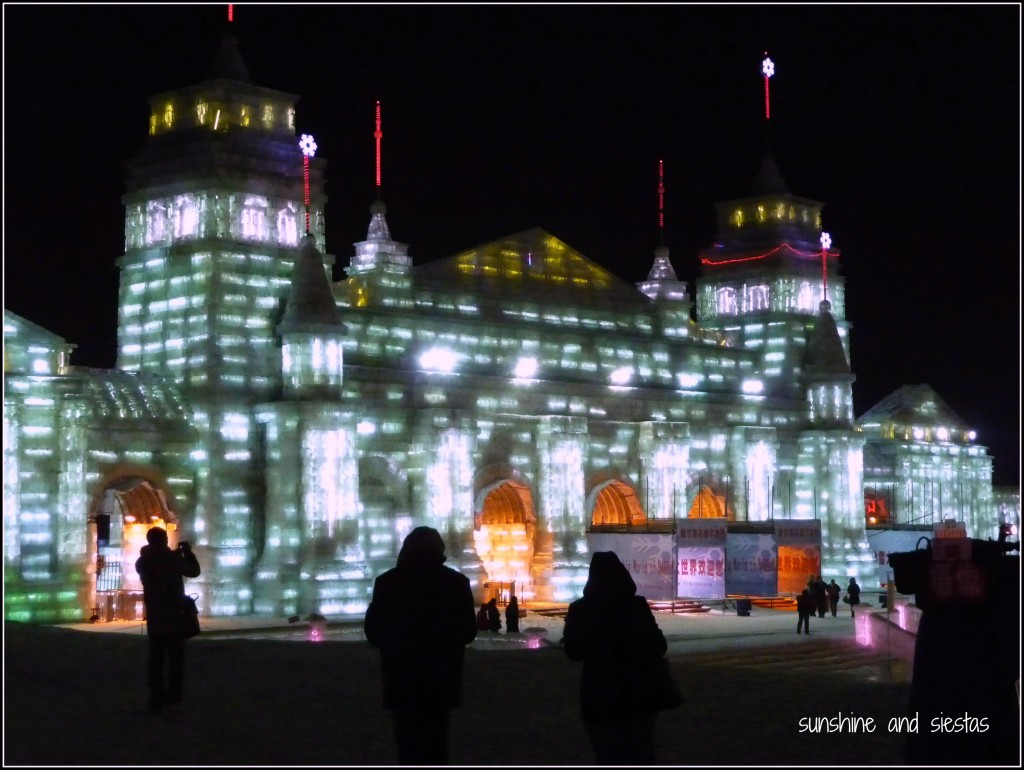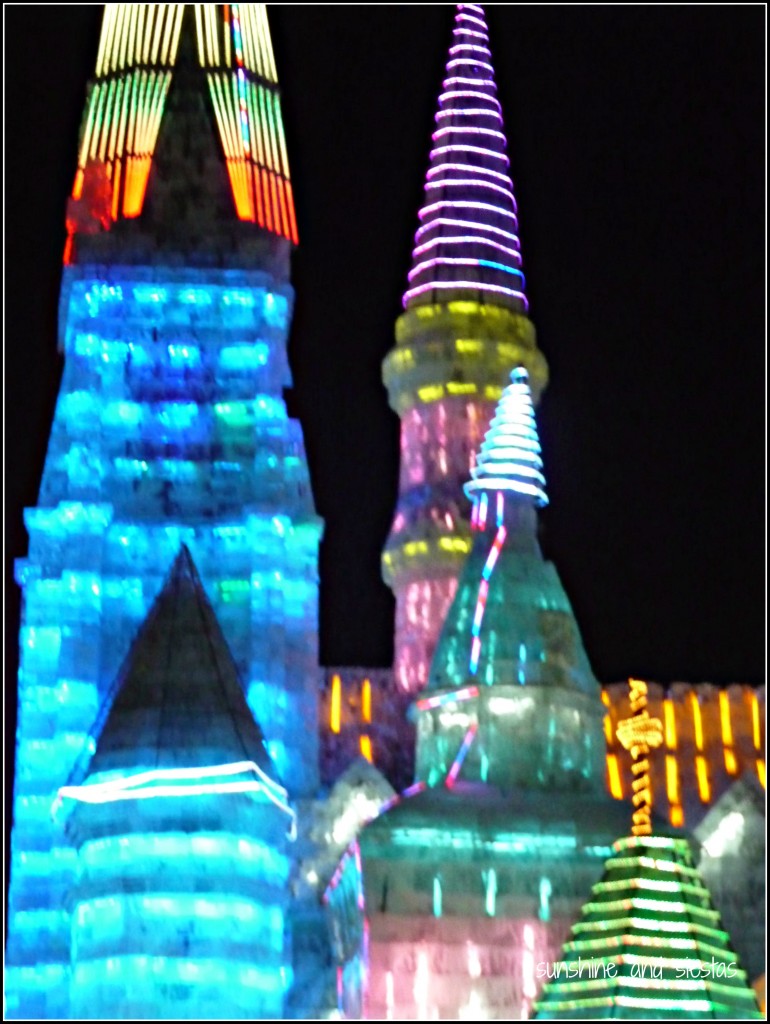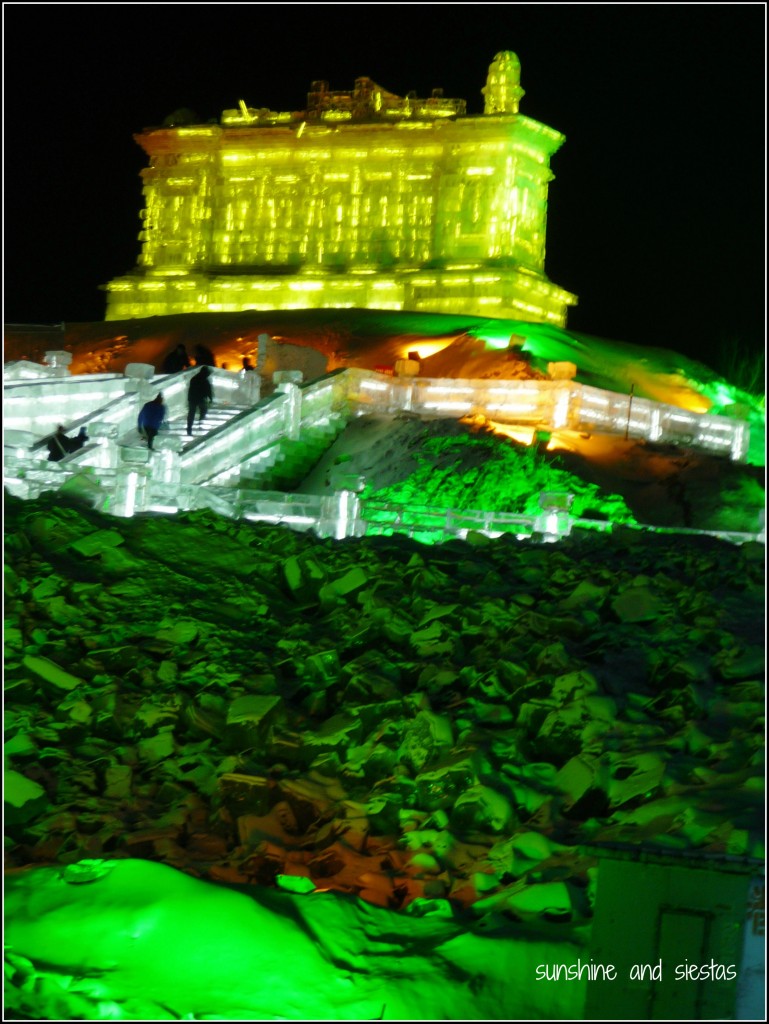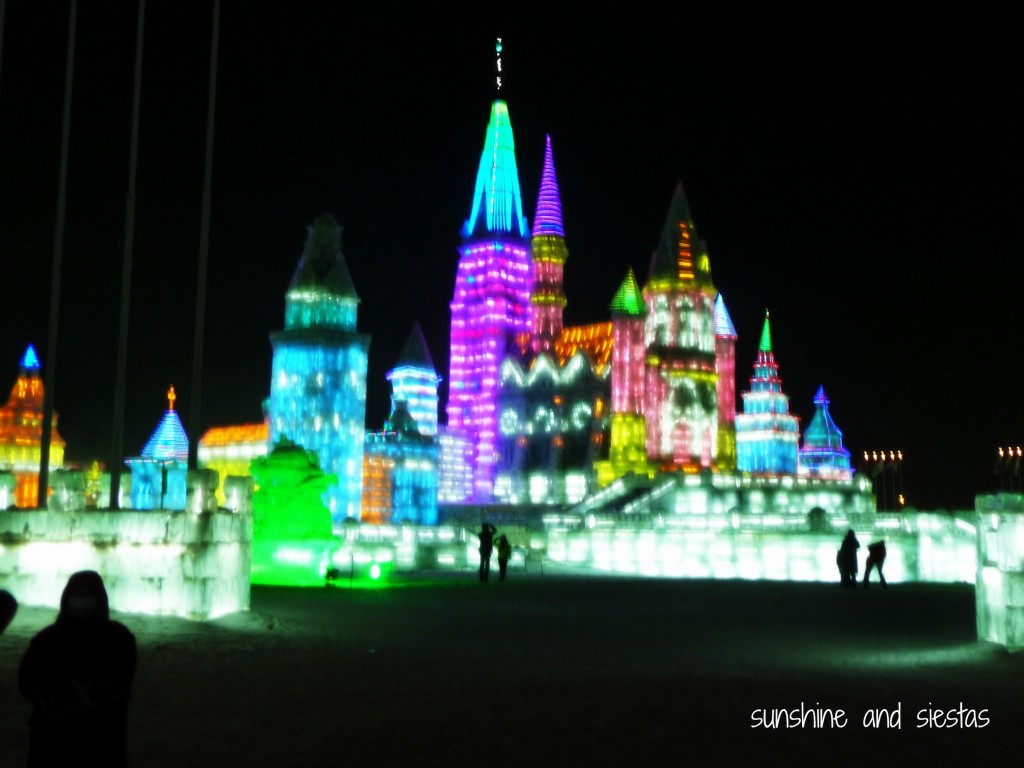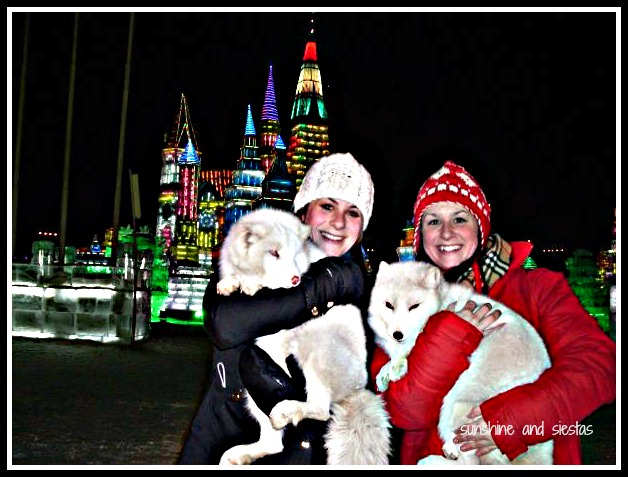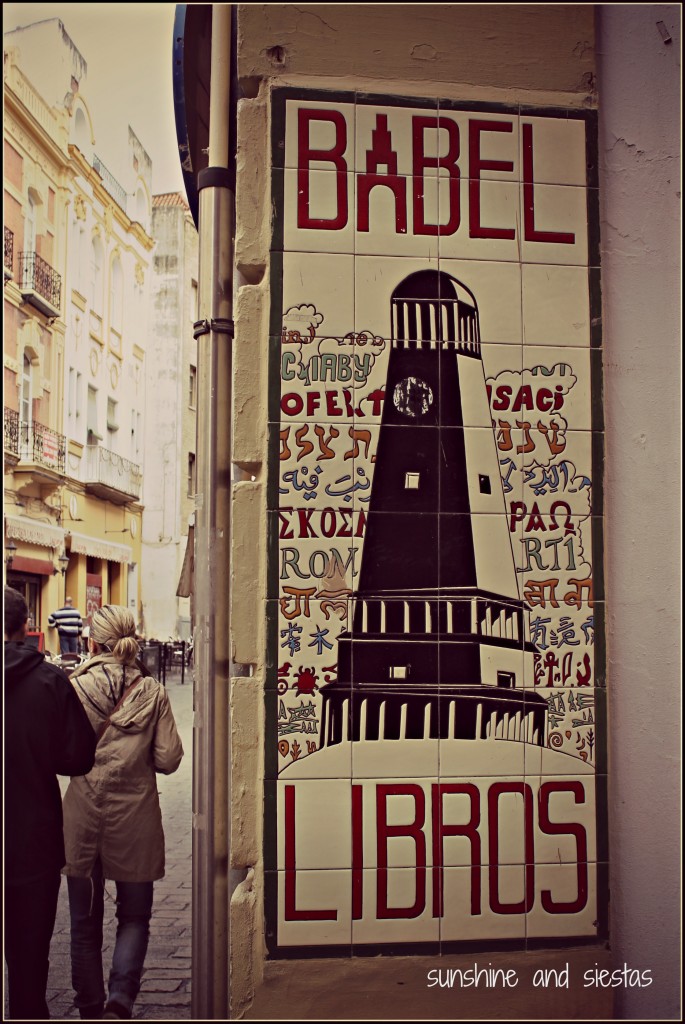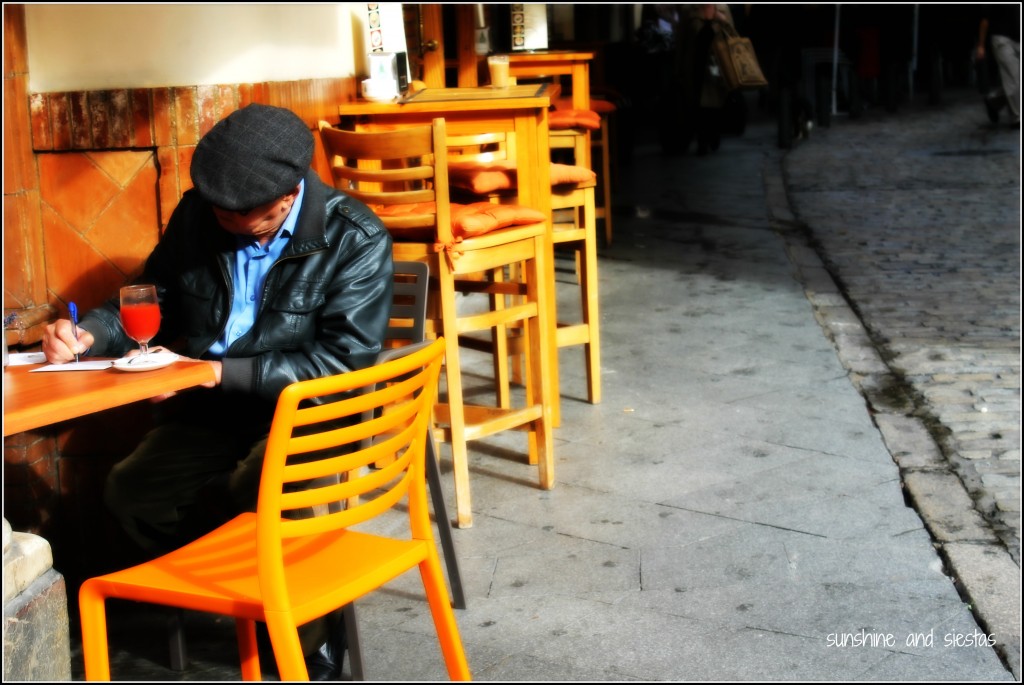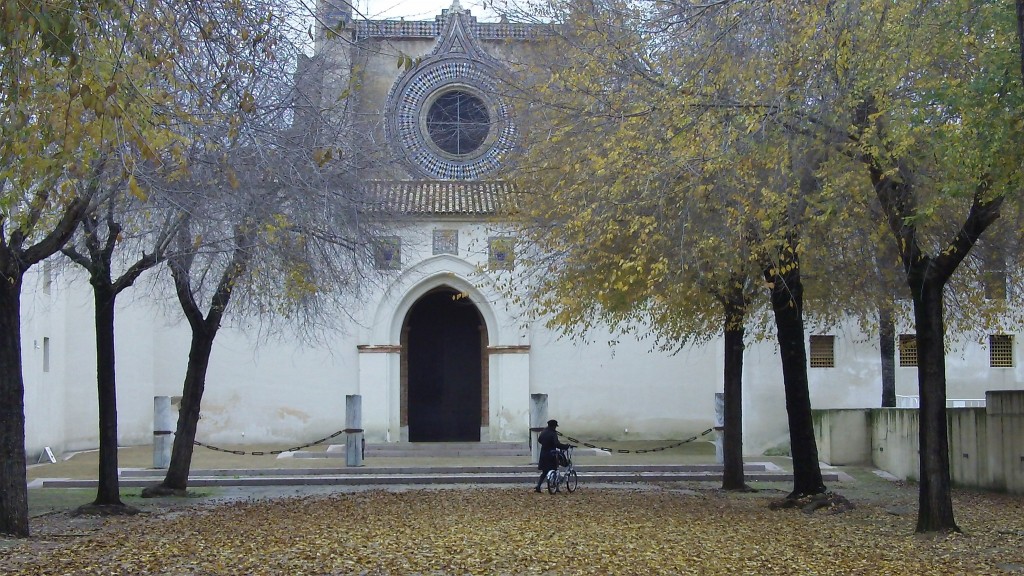My mother recently asked me why I no longer had any hobbies. Um, sorry Nance, but doesn’t toting my trusty Canon, Camarón, around everywhere, eating my fill of tapas and following my favorite fútbol team count?
Spain is a country known for its natural beauty, colorful folklore and creative food scene, and it’s easy to feel inspired living here. As my friend Hayley said, ‘I’d sooner break my neck’ than leave my camera at home. What’s more, the colors I most associate with Spain – the pueblos blancos, the red jamón ibérico, the clear blue sky – are featured in seemingly every shot.
Last year I participated in Travel Supermarket’s Capture the Color contest, even going as far as to have an editor at Marie Claire Magazine send me a personal email about how much she liked my selection for my blue photograph. The premise is simple: you choose a personal photo in each of the colors selected, upload them to your personal blog and nominate five other bloggers. Winning is a longshot, but when you have this much fun looking for photos, who cares?
Amarillo // Yellow
Seville is immortalized in the song ‘Sevilla tiene un color especial.’ If Seville had a color, it would be the golden yellowish-orange. The sun sets over Triana to the west, sending a burning goodbye to the world.
Read more: Seville’s Golden Hour.
Rojo // Red
A loud, EeeeeeeeeH! erupts through the silent stadium, a life teeters on the fine line of death. Torera Conchi Ríos aims a curved saber at a one-ton bull, hoping her accuracy will result in a swift death for her opponent. The blood-red cape swishes, the toro lunges forward, and his artery is pierced.
The red in Southern Spain is characteristic of life and passion and death, represented by the capa and the crimson rings around the yellow albero of the plaza de toros.
Read more: Death in the Afternoon.
Verde // Green
The descent into Mondeñedo was difficult – the trail was muddy, causing my bad knee to slip around and cause problems. For the first time in 150 kilometers, I felt like I needed to take the bus to the next albergue. The pain was excruciating, and once we’d entered the small village, famous for its seminary and cathedral, I was showing signs of tendonitis. We walked along the perimeter of the pueblo, next to the rows of corn stalks and I remembered that physical pain was part of the experience and part of my Camino for Kelsey, a deceased friend. After a strong coffee, I walked up mountains, literally.
And the corn stalks reminded me of being back home in Illinois and Iowa.
Read more: Why I Walked the Camino de Santiago.
Blanco // White
Alright, I cheated – this one’s not about Spain or set in Iberia. In fact, this lichen-stained church is in the central plaza of Kotor, Montenegro, a UNESCO World Heritage city framed by bay and mountains. We visited Kotor on a road trip around the bay of the same night, marveling at the natural beauty of Europe’s youngest country and how amazingly friendly the locals are – we drank free beer all the time! One of the most memorable was at a smoky bar in the alleyway behind the church, out from a sudden rain storm and relishing in free wi-fi and strong shots of Rakia.
Read more: Road tripping through the Bay of Kotor.
Azul // Blue
Walking through small hamlets helped mark our days on the Camino de Santiago, even if they did give us the false hope that we’d find an open bar before sunrise. While the scallop shells that mark the way are further between on the coastal route, townspeople often painted yellow arrows on their homes or taped small images of Saint James on their mailboxes to help us along. On our way to Sobrado dos Monxes, where we’d sleep in a 10th century monastery, this blue-eyed kitten stood atop an unofficial road marker.
Read more: Waymarkers Along the Camino de Santiago
I’d love to see your spin on the rainbow, expat blogging friends!
Kaley of Y Mucho Más
Trevor of A Texan in Spain
Christine of Christine in Spain
Kara of Standby to Somewhere
Alex of Ifs, Ands & Butts
Show me what you’ve got!

